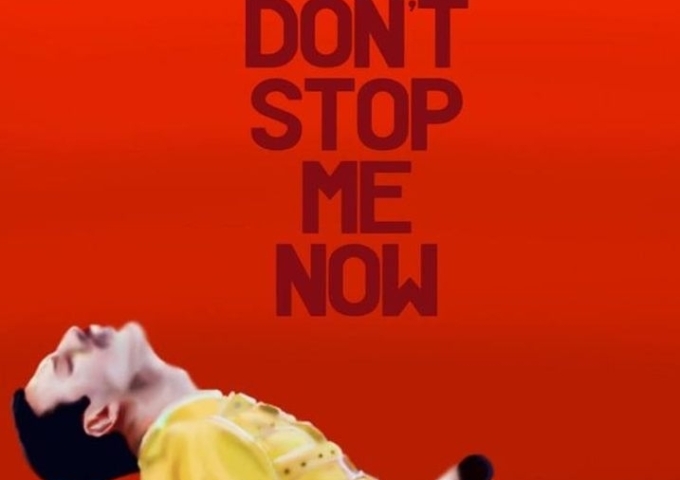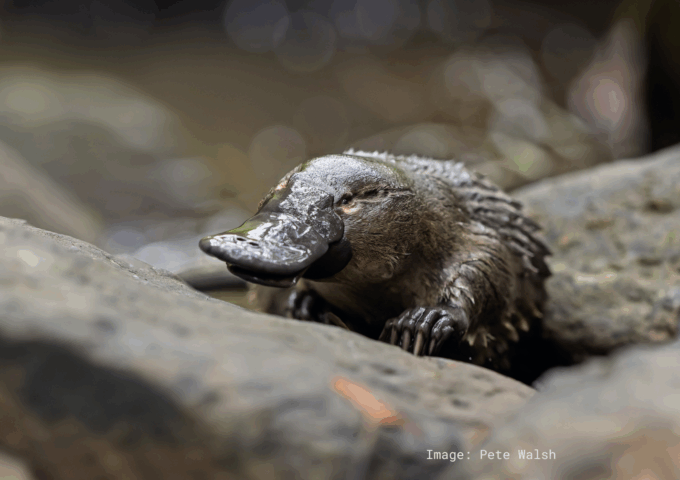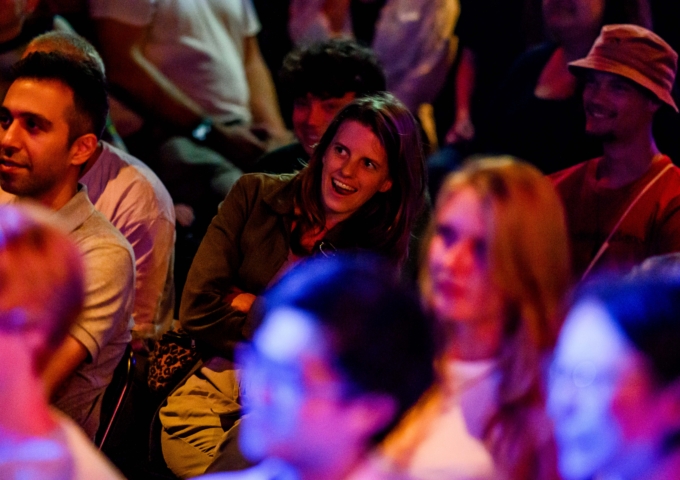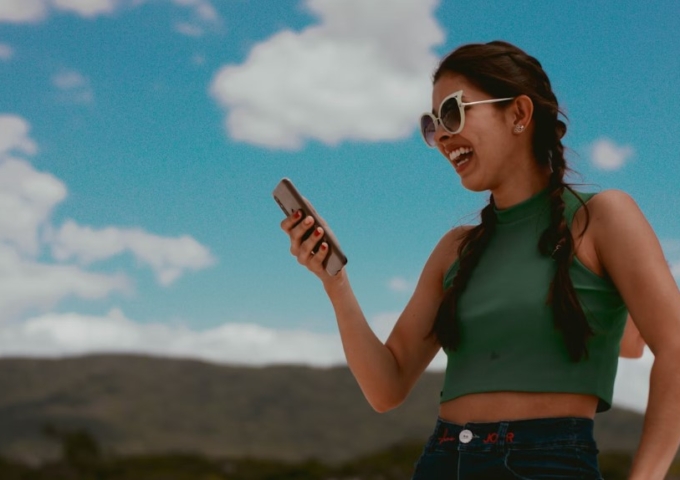
Feedback from past Science Weeks tells us that people are hearing about events more often online, particularly through social media. So, it’s a great way for event holders to find their audiences. Here’s how:
Key points
- Identify your target audience. Try to be more specific than “the general public”.
- Create posts with your specific audience in mind.
- Choose the right social media platform(s) for your target audience.
- Keep it simple, have the right images, and use #ScienceWeek.
Identifying your target audience
When creating your event, you thought about who you want in the audience. It could be retiree gardeners interested in history, quantum tech professionals, young adults interested in cinema, and so on.
Build a profile of your target audience. Think about age, education, and interests. Use this information to tailor social media posts for that target audience.
General tips for crafting posts
Keep it simple but specific. Write posts that tell the audiences who and what they will see and do at the event. Don’t dilute the message by using flowery language. See our blog post on How to write great event description.
Write as if you are writing a newspaper headline or sharing juicy gossip. Hook the readers in with something interesting. Don’t just say, “this is an exciting event”. Write about the event in a way that lets the excitement, or the science speak for itself.
For example, you don’t need to tell people that an evening of fireworks and their science is exciting or that the way marine biologist Vanessa Pirotta collects whale snot using drones is interesting.
It’s okay to use humour, slang, and emojis – particularly on Facebook, Instagram, TikTok and microblogs. More about the various platforms later. This prevents a corporate tone (unless that is what you are going for!) and builds connection with your audience.
Encourage interaction with your posts. Ask a question for people to respond to by commenting. Encouraging conversation drives up engagement and puts the post in front of more people.
Use the official #ScienceWeek hashtag on all platforms. This will put your posts in front of more people already interested in Science Week. You can also tag the official Science Week accounts on Facebook and Instagram.
Use images and videos intentionally. Just like the words in your post, your images should be simple and clearly demonstrate your message. Don’t try to cram everything into one image. Include alt text to make your images accessible to those with visual impairments.
Read our blog on why images matter.
Choosing and using the right platform(s)
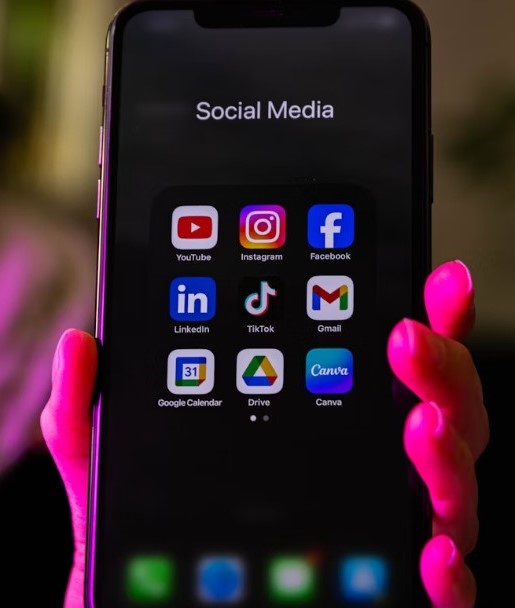 You might use one or multiple of these platforms based on how your target audience uses social media. Here is a quick guide to each and how to use them:
You might use one or multiple of these platforms based on how your target audience uses social media. Here is a quick guide to each and how to use them:
- Community-focused, corporate, and lifestyle content. This is the “family-friendly” platform.
- Long- or short-form content performs well, especially with engaging images or videos.
- Best for creating event pages to manage event attendees and sell tickets.
- Professional, corporate, and educational content. You’ll reach a professional audience here.
- Longer-form posts perform well, coupled with professional videos or images.
- Best for networking, promoting corporate events, and business-to-business engagement.
- Lifestyle and personal content.
- Posts are image and video driven, with short captions accompanying the visuals.
- Best for events that have supporting visuals available, such as speaker portraits or interesting images related to the topic.
X/Twitter, Bluesky, Threads, and other microblogs
- Good for sharing news and opinions, real-time updates and discussions.
- Very short-form content, coupled with images or videos.
- Note that Australian science, academic, and professional communities have largely moved away from X to alternatives such as Bluesky.
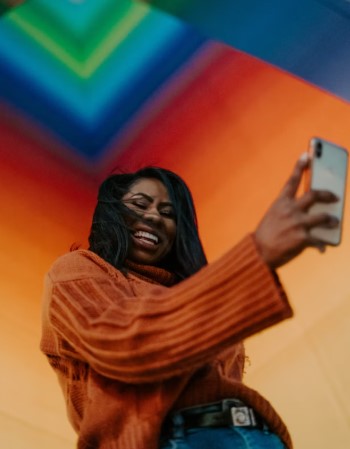 TikTok
TikTok
- Lifestyle, entertainment and educational content. This is Gen Z’s go-to search engine.
- Short-form vertical videos only.
- Lower production value videos perform well on TikTok and other short vertical video platforms (like YouTube Shorts and Instagram Reels). You don’t need specialist or expensive equipment – TikTok videos are often filmed on smartphones.
- Note that there are restrictions and/or bans on using TikTok by Federal and some State Government devices.
YouTube
- Educational and entertainment content.
- Well-produced vertical shorts (around 60 seconds) and longform landscape videos.
- Best for events that are already going to have video coverage, such as performances or educational content.
Useful links
Canva: 20 simple ways to promote your event using social media.
Hootsuite: 15 Social Media Etiquette Blunders (And How To Avoid Them).
Australian Science Media Centre: Use social media to communicate better professionally.




